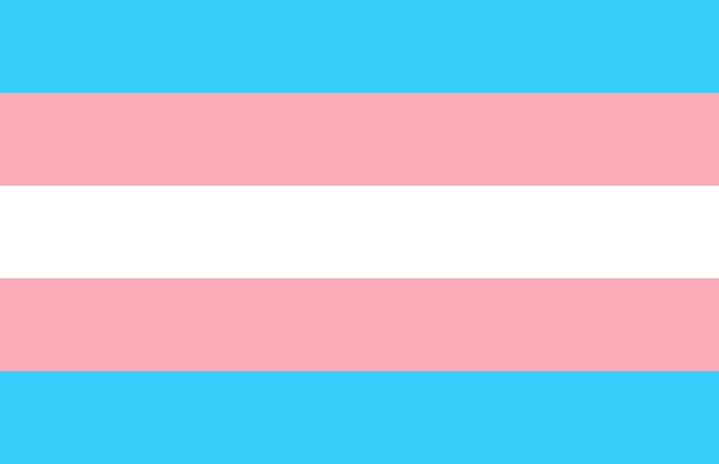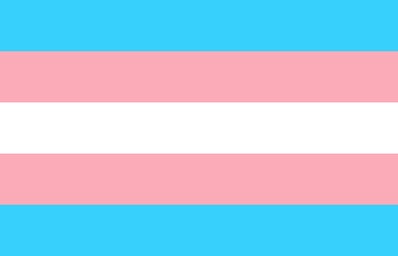As society continues to place a spotlight on gender fluidity and the changing definitions of masculinity and femininity, the social landscape of how gender should be performed is also shifting (or in many cases trying) to account for individuals that do not feel adequate representation within the gender binary.
For those who are not familiar, the gender binary is the concept of there existing only two genders- female and male- which prevail across the human population and fit into society’s understanding of gender roles and norms.
The problem with this, is that individuals who do not identity or do not feel represented under just two genders may struggle with fully understanding their gender identity and gender expression.
However, when we define the traditional definitions and perceptions of femininity and masculinity, the very factors that determine both concepts are continuously changing.
To be a female in today’s world may mean wearing heels and skirts over sneakers and pants. While this may be true for today’s understanding of femininity, looking back over previous centuries and cultures showcases that heels, while now a symbol of femininity, actually once was employed as a demonstration of masculinity and power. Other accepted feminine symbols like skirts were once used as examples of kinsmanship and respect by male Scottish highlanders.
What I mean to point out by presenting these examples is that gender, while defining our very understanding of the world and ourselves, may not be as rigid as some believe, as the very factors that determine it are constantly changing.
Gender is not the same concept as biological sex, which centers on the anatomy of the human body. Rather, gender is a social concept, one that is both learned and performed.
Social concepts are constructed by populations and people, they are not preexisting ideas that are universally bound. With this in mind, why do so many others in society reject the idea of gender fluidity, transgender individuals, or other experiences that may not fit into the gender binary?
If the very concepts that define gender change with history and society- two systems that are constantly evolving- why is gender treated like a fixed idea?
After thinking about my personal experiences and the way that femininity and masculinity is presented in society, I would argue that gender is a learned concept. We are taught what is masculine and what is feminine, leaving little to no room for those who feel they are not represented in the gender binary.
I take my own experience as a Cuban-American immigrant as an example. Growing up, my parents did not allow me to partake in activities that were perceived as masculine or traditionally for boys. Instead of letting me join soccer or take karate classes like I wanted, they instead pushed upon me the idea of joining cheerleading, ballet, or dance.
When I expressed the hint of an idea to wear clothes that were not traditionally feminine, I was shut down by my mother because “I am a girl and needed to wear girl clothes.”
As I continued to get older, I began to seek out feminine clothing, objects, and interests because I was taught that those were the only things I was allowed to wear and enjoy. Even today I consider myself as a very feminine individual, but I wonder to what extent it is compulsory rather than willful.
I have been told for so long that because I am a woman I needed to behave and act like one, that I question how much of my femininity is learned over actually reflecting my true interests at the root of who I am.
If I was never taught what it is to be feminine and a woman in society, would I still act the way I do today? Or would my gender expression differed?
Even now I would still identify as cisgender- or female- but I find that it is narrow minded to argue that there exists only two genders for this reason.
According to the logic I just presented, if hypothetically gender is learned and compulsory for most people, that would mean that many individuals beyond those who already identify as non-binary would most likely not be traditionally feminine or masculine or identify as such.
Those who may feel that their gender identity exists beyond just male and female may be discriminated against and looked down upon by others in society. If you are one of these people or know someone who thinks this way, ask yourself or them why you/they dislike the transgender or gender fluid community so much?
Is it because it goes against your/their personal views or because it makes you/them uncomfortable to acknowledge that society is not limited to only your/their perception of it? Do you dislike it because you truly feel that way or because you’ve never been taught any differently?
If you haven’t already, it is important that you ask yourself and those in your life these very questions because, more often than not, the very hatred that fuels the discrimination against other is caused by a narrow world view.
Gender is not as easily defined or categorized as society has taught us, and it is important that we listen to those who do not feel represented in the gender binary.
It is easy to dismiss the experiences of transgender, non-binary, or gender fluid individuals as invalid if you have never questioning your own gender identity; however, one’s lack of empathy or wider understanding does not justify prejudice against others.
Think about how your own gender expression or identity may be compulsory and how your learned behaviors may contribute to the way you perceive femininity and masculinity. With the changing social landscape, now more than ever it becomes increasingly important to acknowledge the steps necessary to create a more accepting, unified, and empathetic society.



